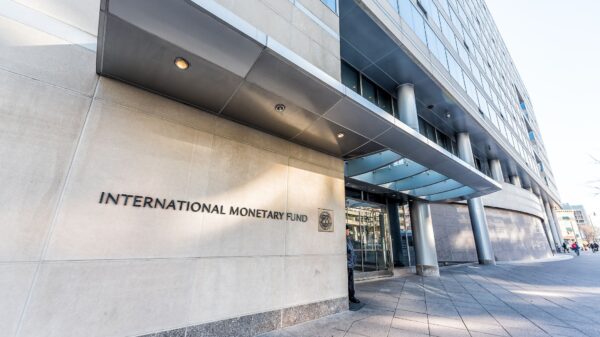While the crisis in Ukraine continues, Western nations have been debating how to reduce Russia’s oil earnings without creating severe disruptions to energy markets in which Russia plays a significant role.
They believe they have found an innovative solution: starting today, the G-7 (a group of major democracies) and Australia will impose a price restriction on Russian oil of $60 per barrel.
How does this help them achieve their objectives?
- It keeps Russian oil flowing to countries that still buy it (India, China, Turkey), which helps stabilize energy markets that have been on a roller coaster this year.
- Russia is forced to sell its oil for cheaper than it wants to, which could dent Vladimir Putin’s ability to fund his war in Ukraine. Sales of oil and gas are estimated to account for 42% of Russia’s total revenue this year.
But imposing a “price ceiling” on oil is not enough, and Western countries had to go outside the box to devise a method for enforcement. What they decided: Western countries control the marine industry, on which Russia depends to transport its oil.
As a result, the G-7 is informing Western corporations that they cannot guarantee, finance, or move Russian oil priced above $60 per barrel.
What are the drawbacks to this plan?
- Russia’s response. Russia said it would not accept the price cap and pledged to cut off oil exports to countries that comply with it, a threat that could cause energy prices to shoot higher (but hasn’t so far). Russia has also been assembling a “shadow fleet” of more than 100 ships to help it move oil without relying on Western maritime companies.
- The price may not be right. One of the sticking points to negotiations was figuring out the sweet spot for the price cap. Ukraine, for one, believes it’s far too high and that it won’t be effective in draining Putin’s war chest.
The oil market is currently more adrift than the Lost authors. Geopolitical influences (slowing global economy, Ukraine war, China’s evolving Covid policy) are pulling prices in both directions, and the prevailing feeling at an OPEC+ summit last weekend was “Let’s not do anything radical and watch how this thing develops.”

For comments, Feedback and Opinions do get in touch with our editor on WhatsApp: +44 7949 297606.









































